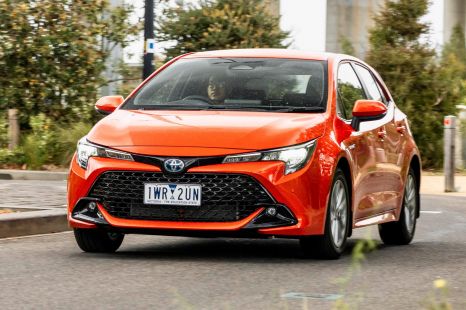

Max Davies
2025 Toyota Corolla SX review
5 Days Ago
The annoying beeps and bongs you may turn off every time you hop in the car could actually be important, at least according to this study.

Marketplace Journalist


Marketplace Journalist
A new study into fatigued driving has revealed those much-loathed beeps in many new cars could save your life.
The research was conducted under the Australian Automobile Association’s (AAA) Road Safety Research Program, and comes after research found drowsy driving contributes to about 30 per cent of motor vehicle crashes, and a fifth of fatal crashes.
Researchers looked at fatigue-detection technologies (FDTs) available in new cars or as aftermarket accessories, and found the most effective were those that monitored drivers’ eye movement and sounded alarms early enough to alert drivers if they appeared fatigued.
Fleet managers and drivers from Telstra, Martins Haulage and Hazeldene’s Chicken worked with the researchers, helping to test various technologies both in a controlled environment and in the real world.
100s of new car deals are available through CarExpert right now. Get the experts on your side and score a great deal. Browse now.
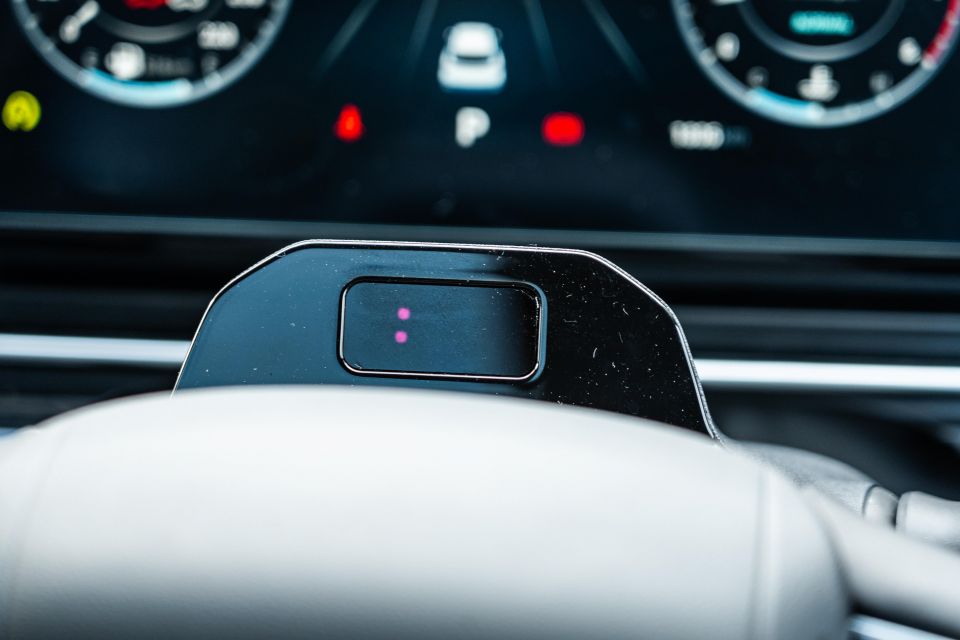
The results follow a US study conducted in 2022, in which it was concluded that advanced safety tech like autonomous emergency braking and forward collision warning reduce the chances of injury by more than 50 per cent.
In this latest Australian research, technologies designed to detect when a car is drifting into the wrong lane – like lane-keep assist – were found to be poor indicators of fatigue, and devices measuring a driver’s heartbeat through steering wheel sensors were also found to be of limited effectiveness as they rely on drivers keeping both hands on the wheel at all times.
The research comes after Victoria’s Transport Accident Commission (TAC) found that one in three Australians say they have driven while quite tired, and one in five have driven while so tired they struggled to keep their eyes open.
AAA managing director Michael Bradley says the research took place in response to feedback from key industry organisations.

“Fleet and safety managers told the AAA that lack of information on emerging technologies was a major barrier to uptake,” he said.
“That’s why Australia’s motoring clubs invested $1.2 million via the Road Safety Research Program to produce practical resources that will drive uptake of these technologies and deliver real road safety improvements.”
The AAA says the research has delivered a practical guidebook for fleet managers, which can help individual motorists but will be especially useful to fleet managers who must balance business efficiency with keeping their employees safe on the roads.
The Fatigue Detection Technology for Fleets Guide is free and can be downloaded here, and more information on the Road Safety Research Program is available here.

Driver attention systems can use either a camera to detect eye movement, or a torque sensor in the steering shaft.
If the camera is blocked or detects closed eyes, or if the torque sensor fails to detect input, a driver attention alert will sound.
As part of its assessment of new vehicles, safety authority ANCAP has a category called Safety Assist which tests how well a car’s technology performs in reducing the risk and severity of accidents.
Systems like seat belt reminders, autonomous emergency braking, and lane-keep assist are assessed, as well as cruise control and – most relevant to the AAA’s study – driver monitoring.
Safety Assist tests are designed to measure how well a car can read its surroundings and react to things around it, which could include a pedestrian crossing the road or another vehicle coming to a sudden stop ahead.
The better a car handles unique scenarios, the higher it will score. In terms of driver monitoring, a car will score highly if it’s consistently able to recognise when the driver is distracted and appropriately alert them to pay closer attention to the road.
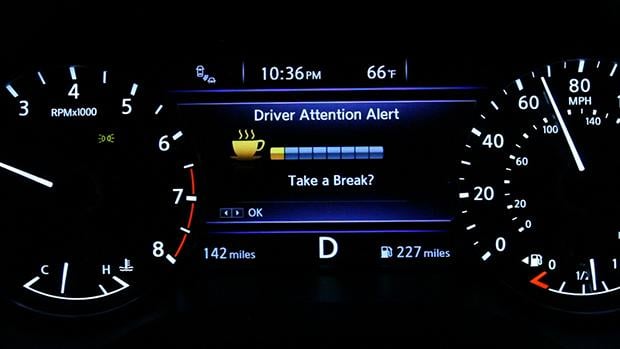
While driver assist systems can help improve the safety of a vehicle, a study conducted in the US earlier this year revealed drivers were becoming overly reliant on them.
The study found drivers often engaged in eating, grooming, or using electronics while other systems like semi-autonomous driving were enabled.
The study also found drivers became more complacent as they got used to a car’s systems, though most warnings were not found to proceed with warnings beyond the initial attention reminder.
A significant number of new cars sold in Australia are fitted with driver monitoring tech, namely those from Tesla, MG, GWM, Subaru, and infamously Mitsubishi with its Triton ute.
MORE: Study shows how new car safety tech is driving people to distraction MORE: The Mitsubishi Triton’s most annoying feature is being fixed
Max Davies is an automotive journalist based in Melbourne, Australia. Max studied journalism at La Trobe University and stepped into the automotive world after graduating in late 2023. He grew up in regional Victoria, and with a passion for everything motorsport is a fan of Fernando Alonso.


Max Davies
5 Days Ago
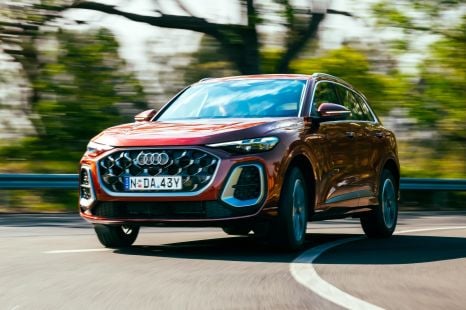

James Wong
4 Days Ago


James Wong
3 Days Ago
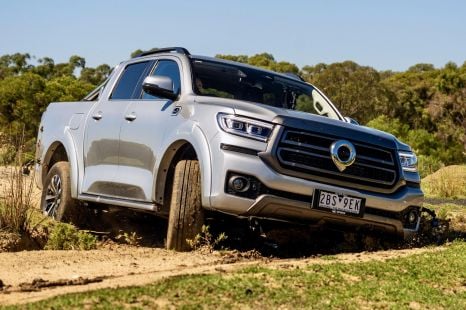

Max Davies
2 Days Ago
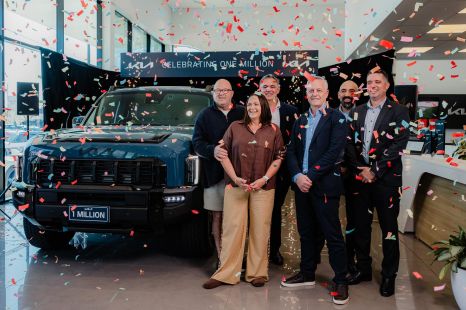

James Wong
10 Hours Ago
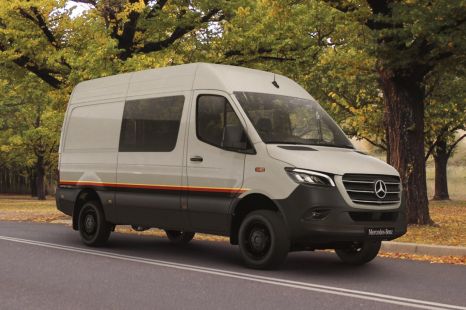

Marton Pettendy
9 Hours Ago